Data Analysis for LEL - Week 1
Quantitative methods and uncertainty
University of Edinburgh
Course info
The main course website https://uoelel.github.io/dal/.
Course announcements are sent via Learn.
ASK FOR HELP: It is OK not to be OK, and remember that you are not alone.
- Go to the PPLS UG or PG Hub (on SharePoint Online) > Support for students > Wellbeing and Health.
- Come to my office hours (booking link on the course website homepage).
Assessment:
- Formative assessments: Two formative assessments.
- Summative assessments: Two summative assessments (50-50).
- Info on the course website.
Course rationale
DAL (Data Analysis for LEL) is a new course designed for undergraduate students.
The main learning objective of this course is to allow you to conduct basic data reports which can be applied to linguistic questions and data, for example as part of your dissertation.
We will focus on modern techniques of data handling and quantitative analysis.
This is not a programming course. (For that, see the Advanced R book).
There will be little maths.
The course covers the basics, but you will very likely have to learn something extra for your dissertation.
We will not cover inferential statistics (including significance testing).
Research methods
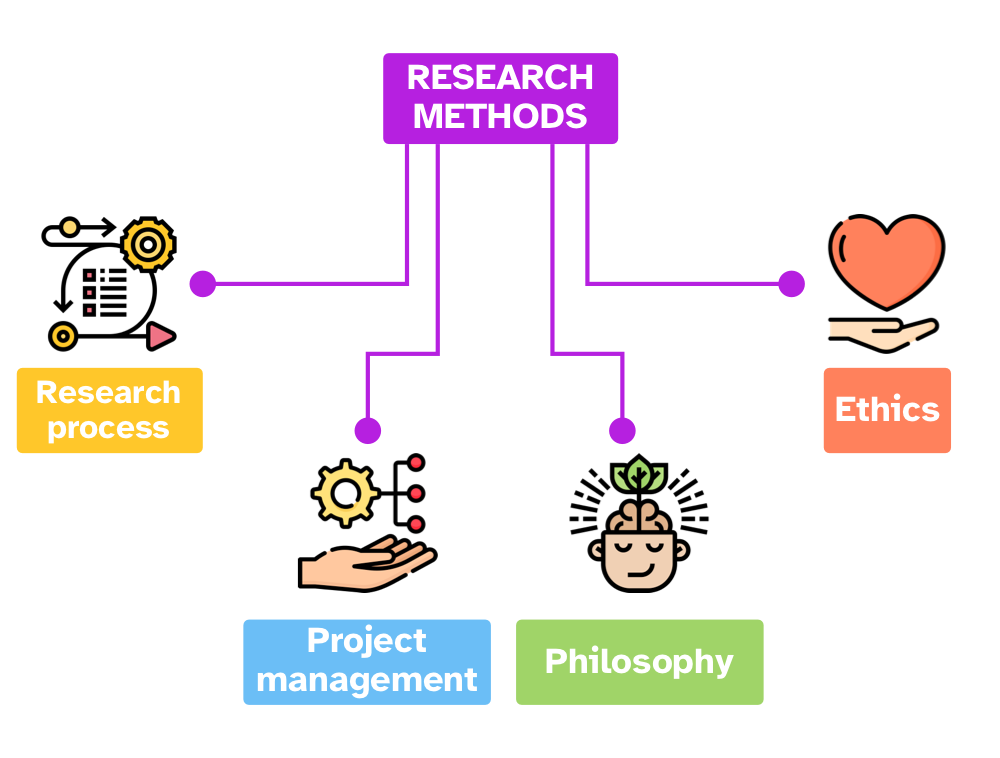
Research process
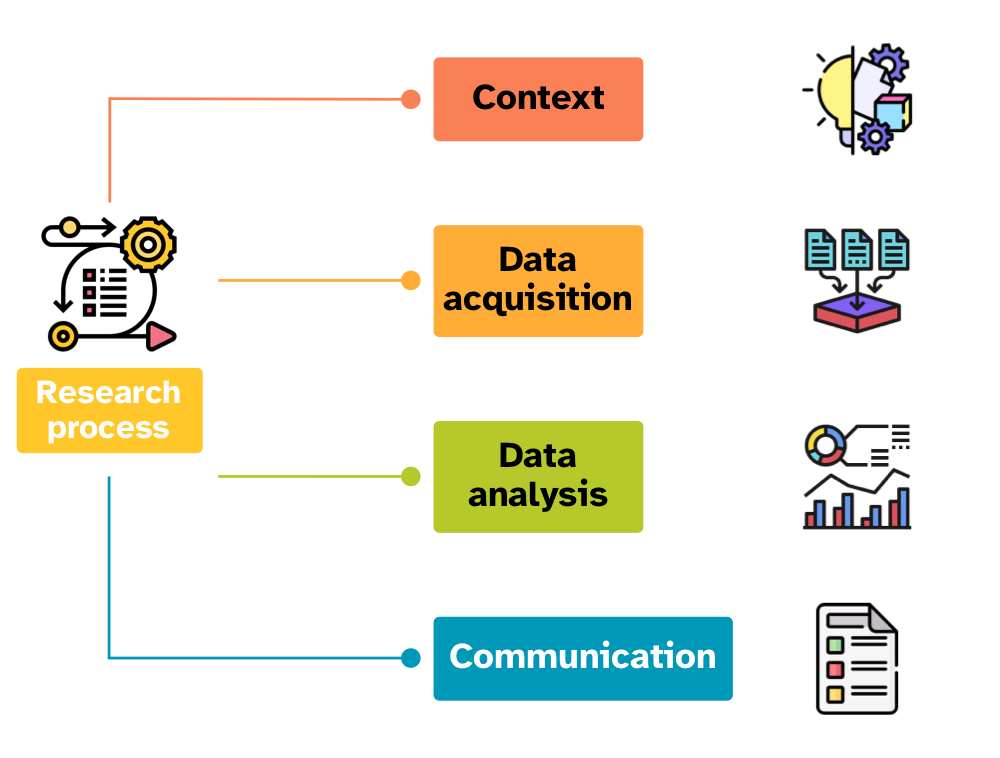
Research process
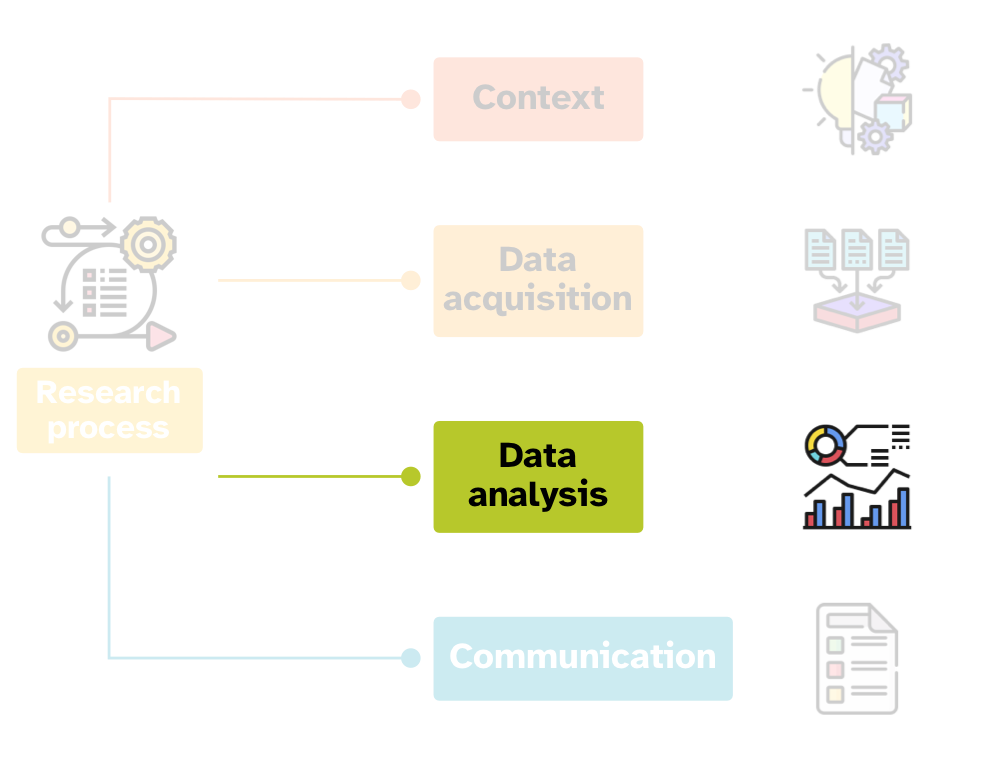
Data analysis
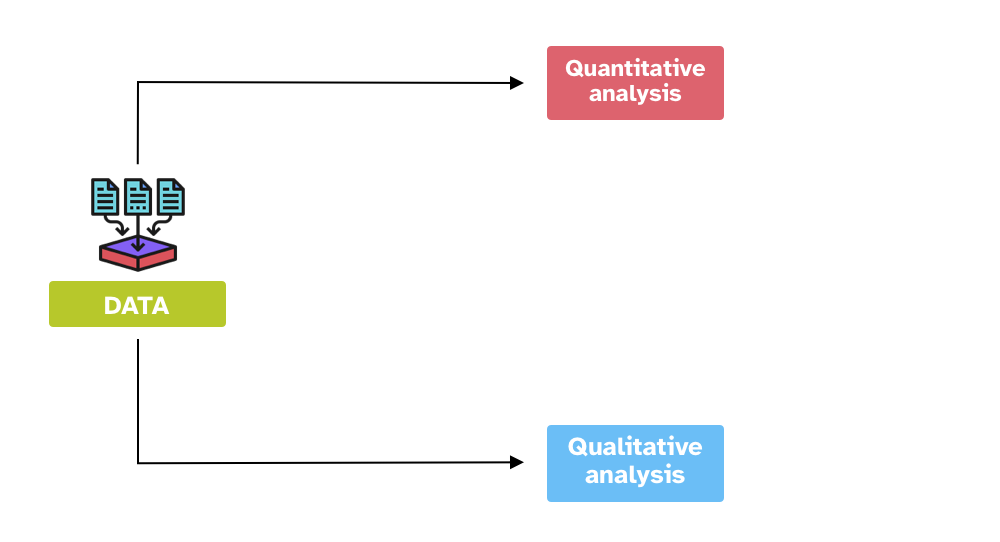
What is the purpose of data analysis?
Discuss in small groups.
Write your group answers on Wooclap.
Data analysis
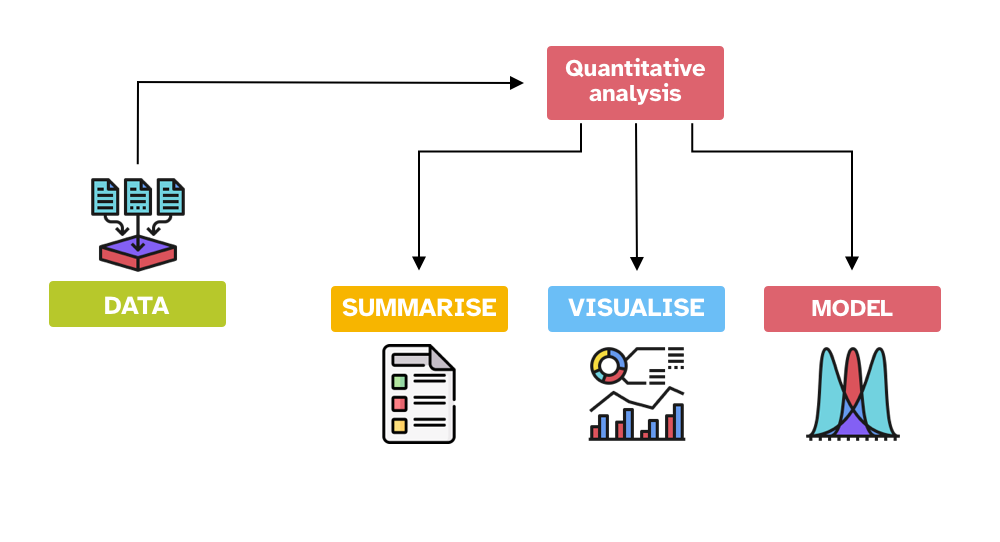
Data analysis
The numbers have no way of speaking for themselves. We speak for them. We imbue them with meaning.
—Nate Silver, The Signal and the Noise
Uncertainty and variability
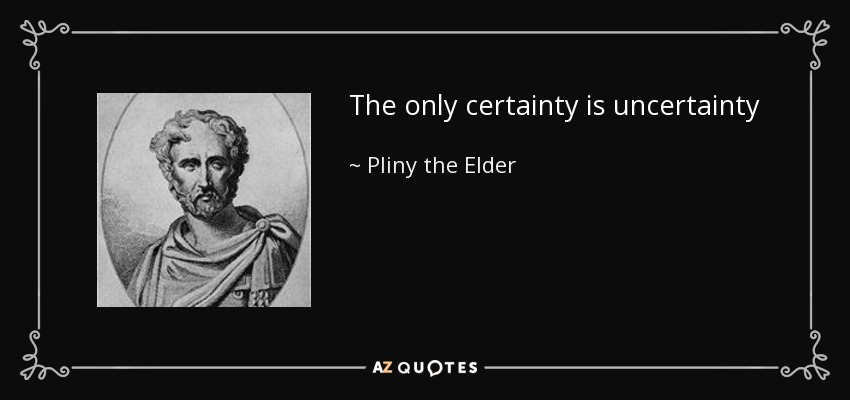
Can you guess what this is?
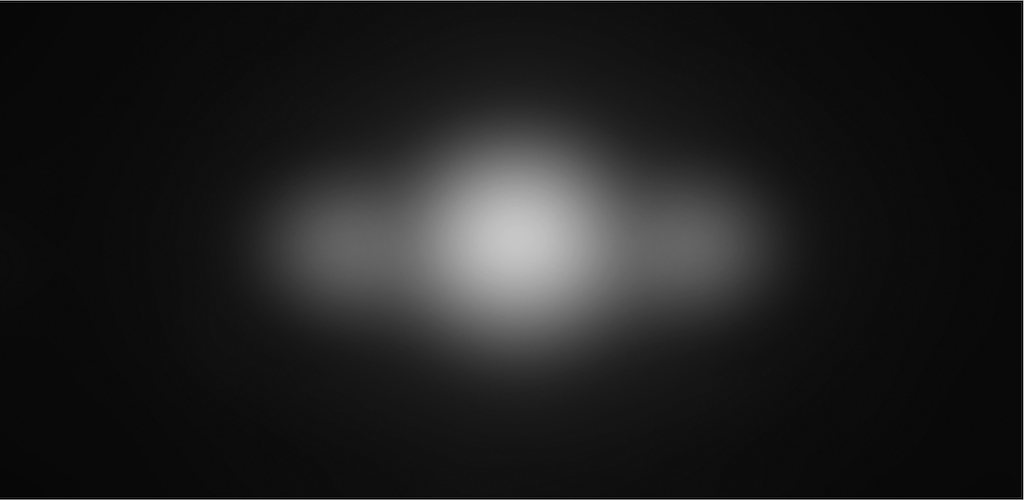
Statistics as a tool to deal with uncertainty and variability
Statistics is the science concerned with developing and studying methods for collecting, analyzing, interpreting and presenting empirical data. (From UCI Department of Statistics)
Statistics is the technology of extracting information, illumination and understanding from data, often in the face of uncertainty. (From the British Academy)
Statistics is a mathematical and conceptual discipline that focuses on the relation between data and hypotheses. (From the Standford Encyclopedia of Philosophy)
Statistics as the art of applying the science of scientific methods. (From ORI Results, Nature)
Statistics as an art and as a science
Statistic is both a science and an art
It is a science in that its methods are basically systematic and have general application and an art in that their successful application depends, to a considerable degree, on the skill and special experience of the statistician, and on his knowledge of the field of application.
—L. H. C. Tippett
Statistics is not infallible
But…
all that glisters is not gold
